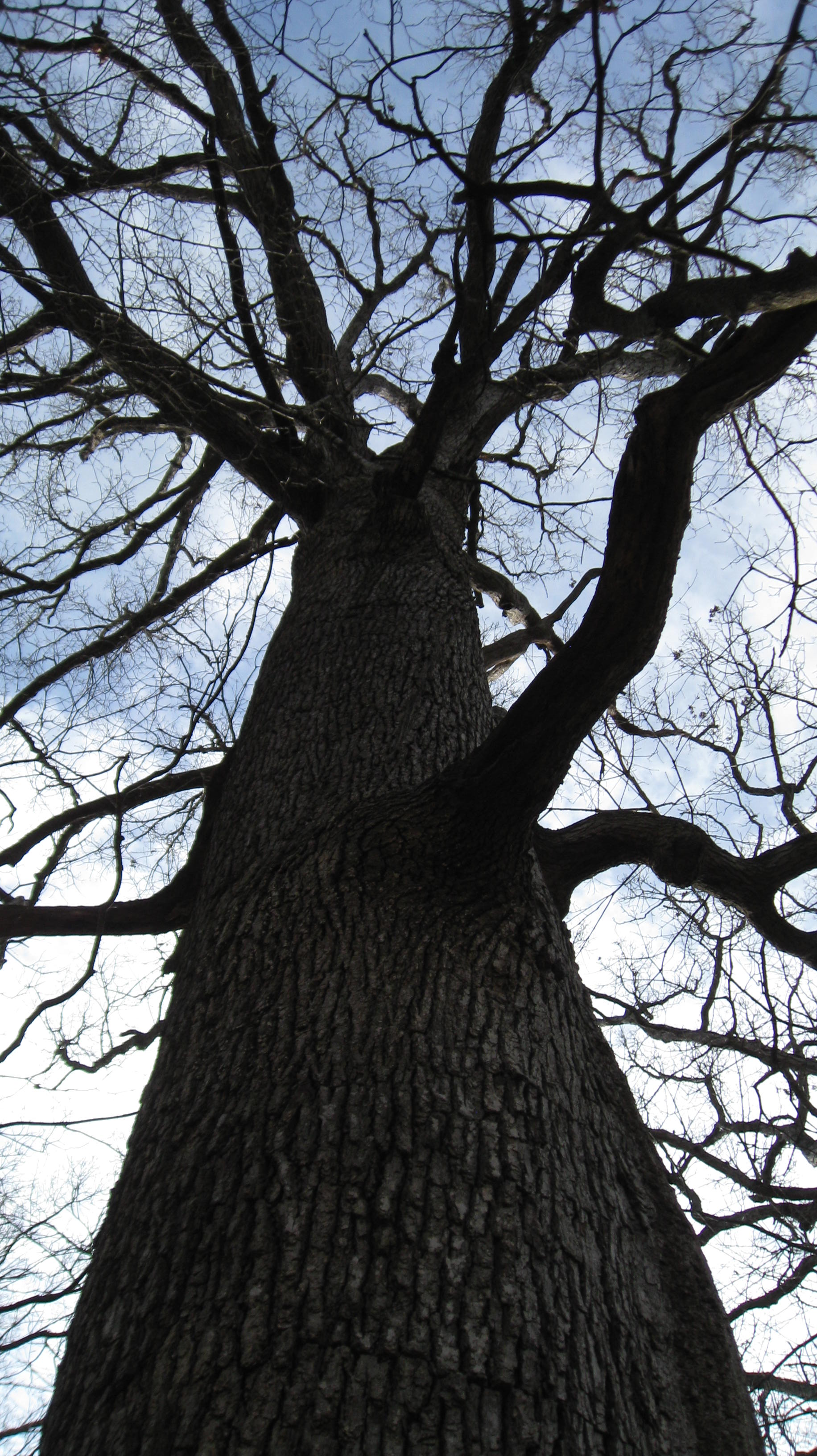It started as a simple question really, but then it all does, doesn't it? The question? "Could you please clean the dryer vent? It smells funny." Since it hadn't been cleaned really well in a while, my husband took this opportunity to give the dryer vent the cleaning of all cleanings. He pulled out the dryer, unhooked the gas line, and unhooked the washer hoses too to really get in there to the vent line. He took the dryer apart, used the Lint Lizard we were given by his mom, and got every speck of lint out of the dryer itself. He took the scrunchy metal vent pipe outside and washed it thoroughly.
Our dryer is not on an outside wall so there is a traditional metal vent pipe to the wall which attaches to a piece of PVC sewer pipe to get it to the outside vent. This is to code and generally works just dandily. That also means you can do crazy stuff with it like hose it down to get all the linty muck out of it. He did just that, sending a soggy pile of lint flying out the side of the house. It took all day to clean the dryer vent, but that was okay. All was clean. All was good.
And then he came to me at 4pm on Sunday afternoon and said we needed to make an emergency trip to Lowes. After checking to see that they were still open (till 7!), we drove the 25 miles to our closest home improvement store to buy new washer hoses. They worked. We did some laundry. All was good.
And then on Monday, I noticed something smelled a bit off. It seemed to be the dryer. But worse than that, there was a bit of a gas smell. Yes, the gas line was leaking too. Another trip to Lowes later, the gas line was replaced. We did some more laundry. All was good.
And then on Thursday, I noticed an odd, sort of wet paper sort of smell downstairs. It has been raining a lot so I thought maybe some water had gotten in somewhere. Later in the day, I happened to look up while I was in the kitchen and saw a bubble in the ceiling. Under the washing machine connections. I ran upstairs to turn the water off up there and the cold water valve sprayed at me as I tried to close it. Off went the water to the second floor. All was not good.
My husband didn't get home until late that evening and had to do something with the plumbing. The water was off upstairs to keep it from leaking and with the water off, that meant no showers. So, out came the sheetrock saw and, with it, the wall around the washing machine pipes. Of course, for some odd reason, he had put a second valve in the wall for the hot water, but not the cold and, of course, it was the cold that was leaking. Fortunately, he had the pieces around to fix that problem and installed a cold water valve for the night. In the process, he spilled the purple primer all over himself (which apparently burns quite a bit!). All was not good.
So, at the moment, we are without a washer and dryer. And the cost of cleaning the dryer vent? We've spent $50 on new hoses and a gas line. And there's more cost to come to fix the pipes for the washing machine connection, the wall that we tore open to get to the pipes, and the ceiling in the kitchen with the water bulge.
Oh, and the dryer vent still smells funky.
















